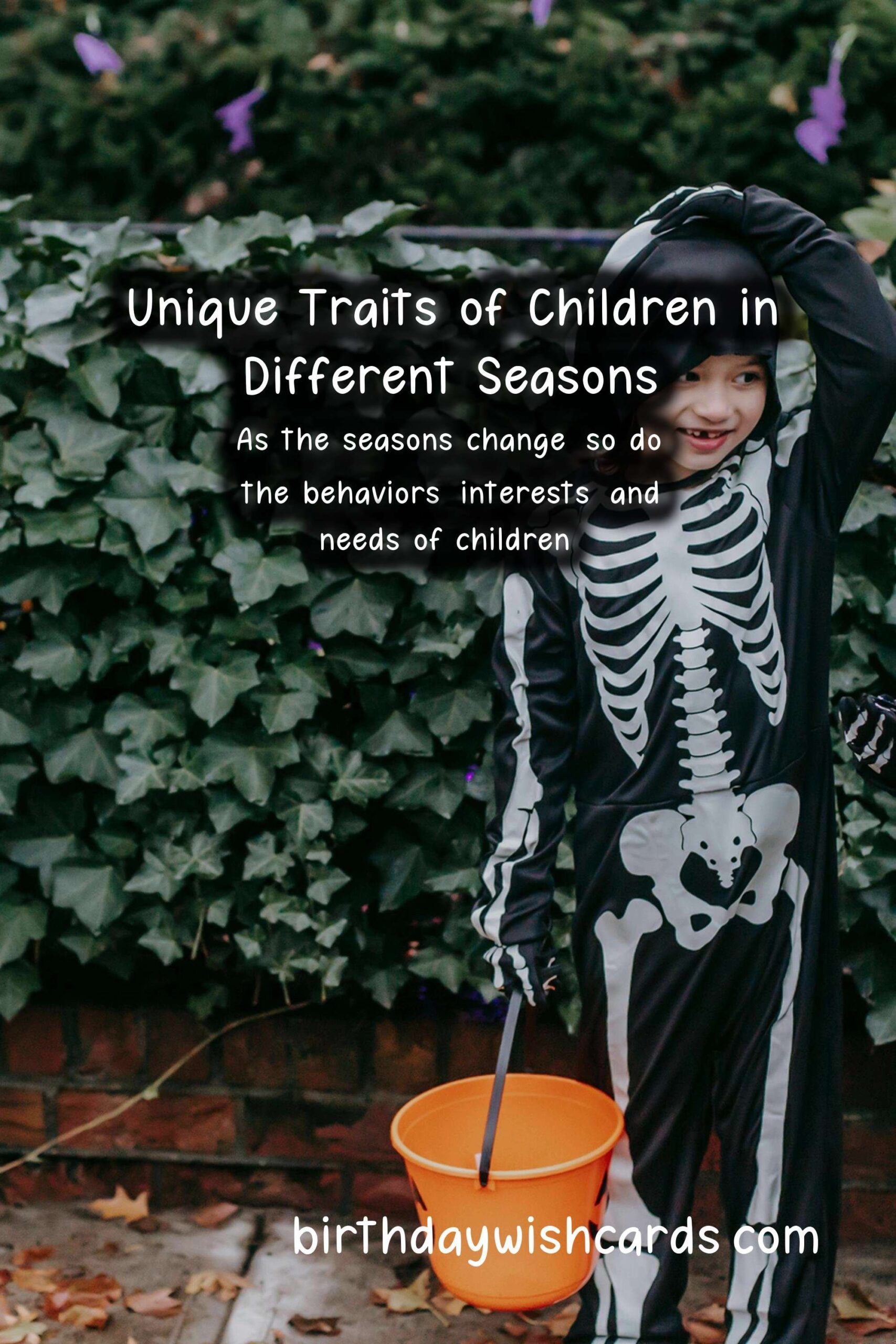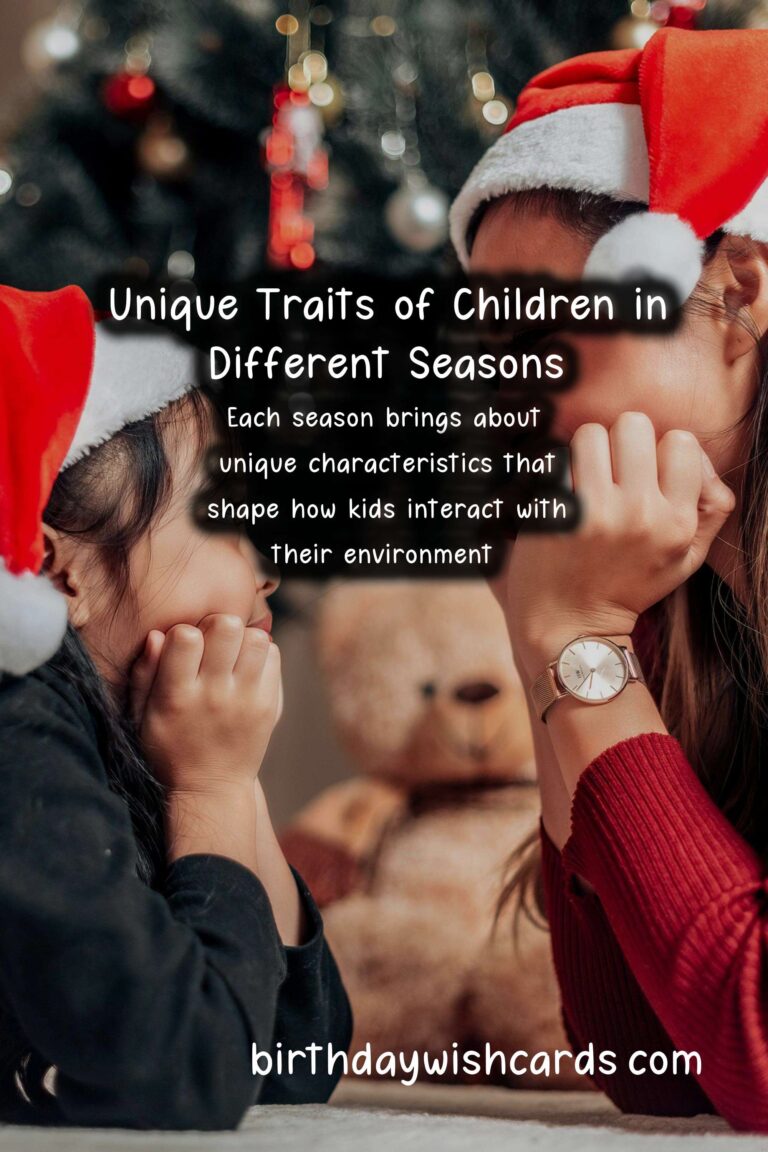
As the seasons change, so do the behaviors, interests, and needs of children. Each season brings about unique characteristics that shape how kids interact with their environment, engage in play, and even how they learn. In this article, we will explore what makes kids unique in each season and how parents and caregivers can adapt to these seasonal changes.
Spring: The Season of Growth and Exploration
As winter fades away, spring emerges as a time of renewal. Children are often filled with a sense of wonder and curiosity during this season. The fresh bloom of flowers and the return of animals stimulate their desire to explore. Here are some unique traits of kids in spring:
- Increased Energy: With longer days and warmer temperatures, kids tend to have more energy, leading to more outdoor play activities.
- Curiosity and Learning: Kids often become more curious about nature, which provides opportunities for learning about plants, animals, and ecosystems.
- Social Interaction: Spring is an excellent time for kids to engage in group activities, such as sports and outdoor events, fostering social skills.
Summer: Fueling Creativity and Adventure
Summer is synonymous with freedom, adventure, and creativity. Kids are often drawn to the outdoors and have the opportunity to explore their interests more freely. Here are some characteristics of children during the summer:
- Encouraged Independence: With no school, kids often explore their independence through summer camps, sports, and playdates.
- Creative Expression: The longer hours of daylight allow children to engage in creative activities like arts and crafts, music, and dance.
- Physical Activity: Kids tend to participate in various outdoor activities, from swimming to hiking, promoting health and fitness.
Fall: A Time for Reflection and Change
As autumn approaches, children start to notice the changes in their surroundings. The transition to fall brings about unique opportunities for learning and development:
- Observation Skills: Kids become more attentive to the physical changes of nature, such as leaf color shifts and the harvest season.
- School Readiness: With the return to school, children often exhibit increased focus and eagerness to learn, reflecting a readiness for structured environments.
- Community Engagement: Fall festivities, such as Halloween and Thanksgiving, encourage kids to participate in community and family activities, enhancing their social ties.
winter: The Time for Bonding and Creativity
The winter season can seem daunting with its colder temperatures, but it’s also a time for bonding and indoor creativity:
- Indoor Activities: With more time spent indoors, children may engage in arts, crafts, and imaginative play, showcasing their creativity.
- Family Bonding: The holidays bring together family members, fostering a sense of belonging and connection in children.
- Emotional Development: Kids may develop stronger emotional bonds through storytelling and family traditions during winter.
Conclusion: Embracing Seasonal Changes
Understanding what makes kids unique in each season allows parents and caregivers to nurture their development effectively. By embracing the seasonal changes, we can enrich children’s lives through exploration, creativity, and connection. As we transition through the seasons, let’s take the time to appreciate the uniqueness of every child and the beautiful moments that each season brings.
As the seasons change, so do the behaviors, interests, and needs of children. Each season brings about unique characteristics that shape how kids interact with their environment.

